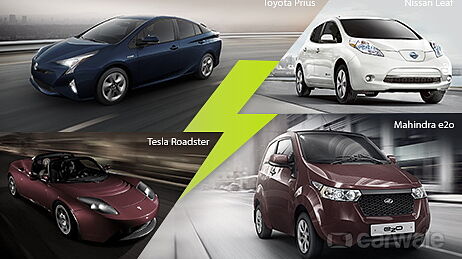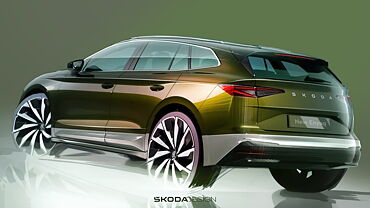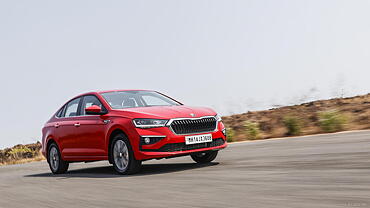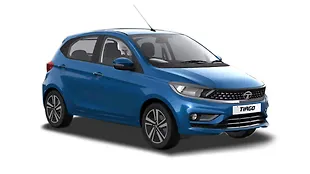
Content
It was in the 90s that the focus was back on electric cars after almost three quarters of the 20th century. As majority of European and American metros started dealing with congestion and air pollution, the need for an alternative source of energy was felt. The global warming concerns and fear of fossil fuels drying up sooner than later pulled the plug on the large V8s, V10s and V12s. Manufacturers downsized their engines, made them more efficient and even started working on regulating emissions.
Electric vehicles that were almost forgotten by now, started becoming relevant. The virtue of zero emissions made them the ideal candidate to replace the regular cars in metros. While manufacturers started exploring hybrid options, in 1994, Maini started working on a fully electric car in the most unlikely of all places - India. Reva Electric Vehicles Pvt. Ltd, later got acquired by Mahindra and became Mahindra Reva Electric Vehicles Ltd, one of the pioneers of electric cars of the new era.
It took Maini, based out of Bangalore, with AEV of California almost seven years to refine their first product – the Reva. The four seater, three-door hatchback could run 100kms on full charge and boasted of regenerative braking – the basic precursor of KERS (Kinetic Energy Recovery System) that powered Formula One cars almost a decade later. Meanwhile, Europe, America and Japan were also working building EVs.
The Toyota Prius, at the turn of the century, was the first hybrid electric car to be launched globally. With environmentalists and green crusaders standing firmly behind it and the added glam of celebrities, the Prius paved the way for more hybrid and fully electric options.
In 2006, the mercurial Elon Musk announced the Tesla Roadster – a fully electric sports car that could do 201 kmph and when driven judiciously had a range of 400kms. The success of the Tesla Roadster was the catalyst that expedited the electric car programmes of the big automotive conglomerates. The Nissan Leaf can be termed as the first modern five-door electric hatchback to be rolled out into international markets.
Globally, the governments had also started supporting EV technology with tax sops for electric vehicles. Steps are being taken to improve the infrastructure for EVs. Charging stations were built in partnership with corporates to support the growing EV population. Recently, in India the FAME initiative (Faster Adoption and Manufacturing of Hybrid and Electric Vehicles in India) has announced sops for registration and road taxes as well as excise duties to boost EV sales.
The future looks bright for electric vehicles. Almost every big car manufacturer has a fully electric car in its portfolio. Globally, governments are pushing for better EV infrastructure and developing countries are also not falling back. It looks like the golden era for EVs (the 1910s) will be back, just about a century later.
![Mahindra e2o [2014-2016] Image Mahindra e2o [2014-2016] Image](https://imgd.aeplcdn.com/272x153/cw/cars/mahindra/e2o.jpg?q=80)















![Mahindra e2o [2014-2016] Right Front Three Quarter Mahindra e2o [2014-2016] Right Front Three Quarter](https://imgd.aeplcdn.com/199x112/ec/75/70/10210/img/m/Mahindra-e2o-Right-Front-Three-Quarter-49196_ol.jpg?v=201711021421&q=80)
![Mahindra e2o [2014-2016] Right Front Three Quarter Mahindra e2o [2014-2016] Right Front Three Quarter](https://imgd.aeplcdn.com/199x112/ec/75/70/10210/img/m/Mahindra-e2o-Right-Front-Three-Quarter-47005_ol.jpg?v=201711021421&q=80)
![Mahindra e2o [2014-2016] Right Rear Three Quarter Mahindra e2o [2014-2016] Right Rear Three Quarter](https://imgd.aeplcdn.com/199x112/ec/75/70/10210/img/ol/Mahindra-e2o-Right-Rear-Three-Quarter-47008.jpg?v=201711021421&q=80)
![Mahindra e2o [2014-2016] Dashboard Mahindra e2o [2014-2016] Dashboard](https://imgd.aeplcdn.com/199x112/ec/75/70/10210/img/ol/Mahindra-e2o-Dashboard-47134.jpg?v=201711021421&q=80)
![Mahindra e2o [2014-2016] Steering Wheel Mahindra e2o [2014-2016] Steering Wheel](https://imgd.aeplcdn.com/468x263/ec/75/70/10210/img/ol/Mahindra-e2o-Steering-Wheel-47132.jpg?v=201711021421&q=80)
























